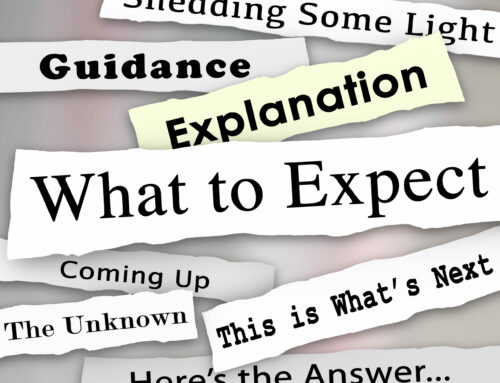Do you provide or check advice on the transfer of safeguarded benefits?
If you provide or check advice on the transfer of safeguarded benefits, there is a good chance you will encounter clients that are considering transfer due to serious ill health. Whilst potential vulnerability is a key consideration when dealing with this type of client, that’s a subject for another blog; today I want to talk about inheritance tax, as this could be an additional risk for clients with a short life expectancy.
In normal circumstances, we know that pension death benefits are usually excluded from the member’s estate for IHT purposes where the scheme retains discretion over who these are paid to. Remember also that the member could direct the scheme administrator as to exactly who receives the benefits. The significant downside to this option would be the inclusion of death benefits in the members estate for IHT calculation purposes. Where this control is required, nominating benefits to a bypass trust may be a more appropriate solution.
Transfer in ill health?
Back to our subject in hand. Where a client who is aware of their ill health at the time, transfers from one pension scheme to another, then HMRC will treat this as a transfer of value for IHT purposes. In order that the usual treatment of discretionary death benefits apply, the member would need to survive for at least 2 years following the transfer. If death occurs within the 2 year period, not only will the transfer of value be liable to IHT, but any spouse’s exemption wouldn’t apply and so IHT could be payable even if the death benefits were paid to the spouse. This is due to the fact that death benefits are paid from a trust rather than from the deceased member’s estate to a spouse or civil partner.
HMRC has determined that many of the transfers in these circumstances are for the sole reason of enhancing death benefits available (for example, a final salary scheme may only offer a spouse’s pension of 50%, whereas a personal pension may offer a full return of fund). Transfer in ill health is therefore viewed by HMRC as an action that may ultimately deprive them of funds that could have ended up within the client’s (or their spouse’s) estate.
When considering a potential IHT claim, HMRC may look at the difference between the open market value of the death benefits that could have been directed to the member’s estate versus the lifetime rights comprised in the receiving scheme. Currently, there is no set formula for this calculation and each case is considered individually. The reality of these challenges was recently highlighted by the ‘Stavely’ case, which was found in favour of HMRC following an appeal.
Golden nugget of pension knowledge!
A nugget of pension knowledge is that where a client is seriously ill, using direction over discretion to nominate beneficiaries is one of the rare circumstances that this strategy could be advantageous. On death within 2 years, the transfer would still potentially be liable for IHT but in this scenario, the spouse’s exemption would apply if payment was made to a spouse or civil partner.
Advising clients with a short life expectancy can therefore add an extra layer of risk due to this potential IHT liability, which needs to be discussed and documented in your suitability report. Given the difference in death benefits between DB and DC schemes, the deemed transfer of value is likely to be substantial, hence this is a key consideration. Transfers between DC schemes could also be subject to potential IHT implications on death within 2 years, but any transfer of value is likely to be negligible due to the similarity in death benefits.
Conclusion
A final thought; although the FCA considers clients in ill health as one of the groups where transfer “is likely to be in their best interest”, we must be mindful that this is not a default starting point for transfer advice for these clients.






